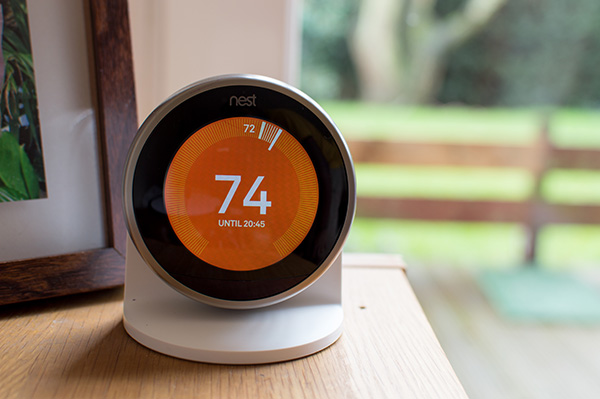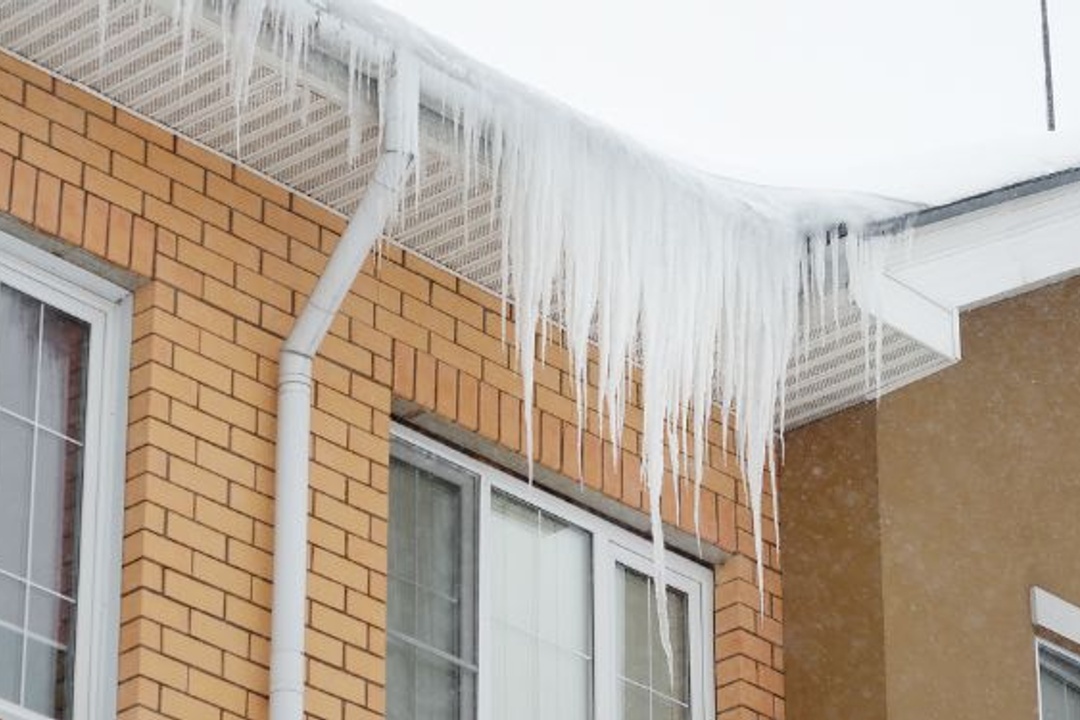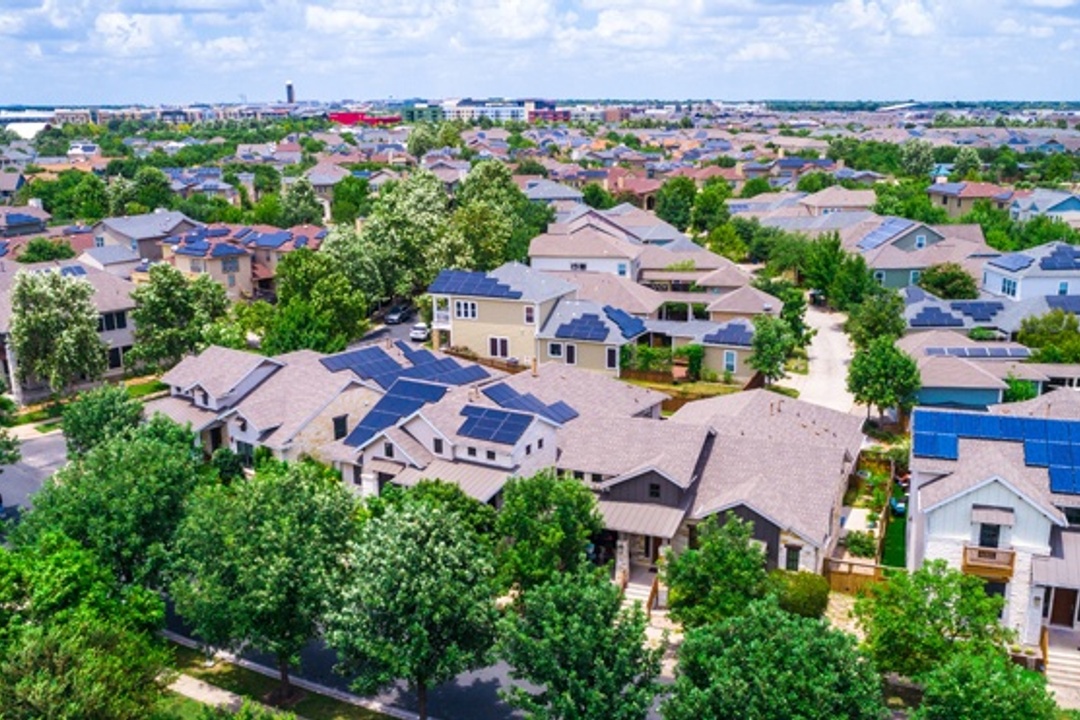
Summer in Texas is hot and, as temperatures start to climb, so do energy bills. With many people nervous about financial security right now, watching monthly bills climb can be stressful. There are, however, many things you can do to bring those costs back down and ensure that all of your systems are performing optimally. With a few simple changes, you can potentially shave hundreds of dollars off your monthly bill without sacrificing comfort. Here are 5 suggestions on where to start:
Inspect your insulation
Check your attic insulation and the weather stripping or caulking around all doors and windows for gaps or signs of damage and replace or repair as needed. A report by Energy Star found that you can lower your monthly energy costs by 20% with proper insulation and weather stripping. If your attic insulation is more than 15 years old, HVAC experts recommend that you replace it to guarantee effectiveness.
Change your air filters regularly
It may seem like a small task, but replacing your air filters will not only reduce allergens such as pet dander, dust, and pollen in your home, it will also ensure that your air conditioning unit or heater can operate effectively. Dirty, clogged air filters will cause your HVAC unit a number of stresses, forcing it to work harder to heat or cool your home. This will not only raise your energy costs, but the added wear and tear will shorten the life of your unit. Air filters should be replaced every month to 3 months, depending on the type of filter used. Check your air filter’s packaging for the recommended change time.
Install a programmable thermostat
One of the quickest ways to bring down your energy costs is to install a programmable thermostat. There are a variety of models available, from basic “set it and forget it” options to high tech wifi linked thermostats you can control via your smartphone. No matter which route you take, the EPA has reported that installing a programmable thermostat will save you an average of $180 each year. Some utility companies also offer rebates for installing one in your home or business, so be sure to check with your energy provider about the programs they offer.
Check the temperature of your water heater
A simple, no-cost adjustment that will save you money is to check the temperature of your water heater. The US Department of Energy recommends that water heaters be set to 120 degrees Fahrenheit to both save money and prevent scalding accidents. The default temperature for water heaters is typically 140 degrees, but most homes do not require water at that temperature, and the excess could cost you up to $61 in stand by heat losses and up to $400 in demand losses yearly. Lowering the temperature will also slow mineral build-up, extending the life of your water heater.
Use Your Ceiling Fans
Ceiling fans are considered essential by most Texans to keep their home comfortable and keep energy costs down. Energy Star has confirmed that they are an excellent way to bring down monthly spending, but they must be used effectively. First, if you are installing new ceiling fans, opt for Energy Star rated efficient models to reduce the amount of power needed to run them. Second, do not run fans in empty rooms. Ceiling fans are evaporative coolers that cool people by moving air across their skin, not the room itself. If there is no one in the room to enjoy it, turn it off to conserve energy. Finally, make sure your fans are rotating in the correct direction. In the warmer months, ceiling fans should turn counterclockwise to push cool air down to the floor and draw heat up. Reverse the direction to clockwise in the winter on the lowest speed for the opposite effect.










